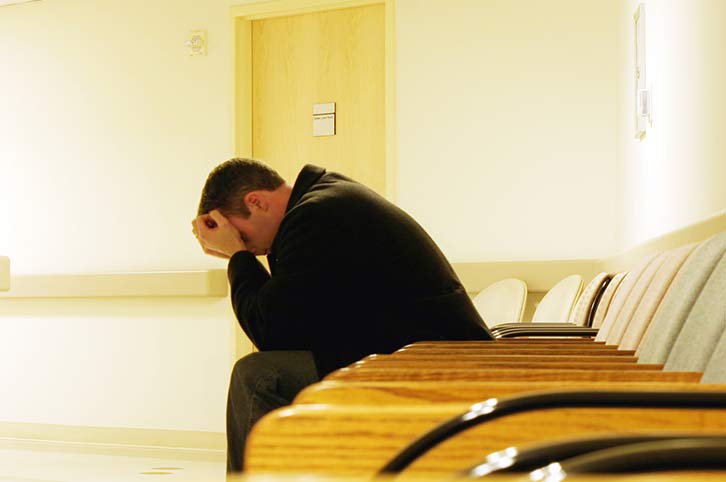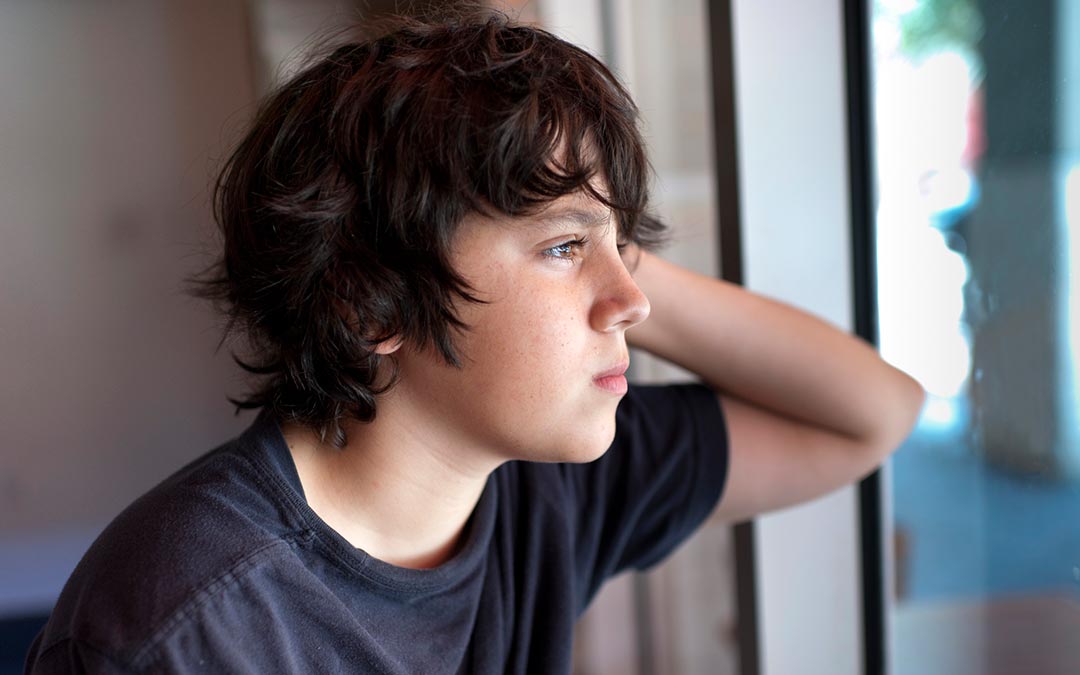 |
Introduction |
 |
Children |
 |
A Sense of Loss |
 |
Empathy |
 |
Methods of Healing |
 |
Conclusion |
Introduction
Of all the taboo subjects we encounter there is probably none as dramatic as the topic of incest. Often referred to as the “silent crime,” one out of three girls and one out of six boys will have been abused sexually by their eighteenth birthday, and of those, twenty percent will have experienced an incestuous incident.
Incest is described as sexual activity between family members who are legally and customarily forbidden to marry. This includes blood relatives such as brothers and sisters, parents and children, grandparents and grandchildren, or aunts or uncles with nephews or nieces.
Different cultures ascribe different considerations as to what constitutes incest, such as relation by birth as opposed to adoption or marriage. In some cultures, unrelated individuals who have grown up in the same household and who have engaged in sexual relations are considered to have committed incest.
Incest can occur between same-sex as well as opposite-sex relatives. Incest is a crime in every state in this country. It can occur between people of any age, in any culture, class, religion or gender. Incest is most frequently categorized as a type of abusive behavior since the victim is often a younger relative falling prey to the behavior of an older relative.
Children
Children victimized by incest are generally afraid to disclose what has occurred, sometimes out of fear that they will suffer greater consequences if they tell someone or because they fear that they will not be believed. They may fear that harm will come to the perpetrator if they are believed, or that the perpetrator might retaliate in some other way.
Children are often embarrassed and ashamed about what has occurred. Many children are taught not to tattle, especially on parents, and thus telling exacerbates the guilt that they may feel. Daughters, as they mature, may recognize the triangulation that occurs within their home, and identify with the painful feelings their mothers experience upon disclosure of the crime. The experience can negatively saturate one’s sense of self, one’s relationships, and one’s world view.
A Sense of Loss
It is not possible to experience incest without experiencing a sense of loss, whether loss of youth, loss of self-esteem, or loss of trust. Many incest survivors experience problems in intimacy. They may have trouble expressing how they feel for fear of being devalued. It is not unusual for victims to develop problems with eating such as anorexia, bulimia, or obesity.
An incestuous childhood can destroy an individual’s self-esteem by creating unrealistic views of who they are. Incest victims frequently suffer from depression. They may live with an unrelenting negative self-image regardless of how they are viewed by others. They may feel unworthy and unlovable, in fear that if their story were known they would not be accepted by others. Incest, rather than their deeds and accomplishments, begin to define the individual. Many incest survivors describe feeling that their character is severely blemished and that they must maintain secrecy in order to keep others from discovering how bad they really are.
Empathy
Victims must focus on themselves, attempting to bring normalcy into an otherwise chaotic existence. Yet, it is not unusual to hear victims of incest express strong concerns for the abuser, recognizing the underlying emotional deficits of the perpetrator. Although this is not a typical approach to the incest experience, many victims express concerns about the person who victimized them. For instance, it is not unusual for a sister to speak kindly of a brother who may have tormented her for years, all the while cognizant of the abuse he himself may have received.
Victims may express empathy for the parent/wife/sibling of a person accused and even convicted of this heinous act. Victims of incest frequently worry about the punitive actions imposed upon the abuser; sometimes because they themselves believe they are responsible for what happened, or sometimes because they understand the forces that may compel some individuals to commit crimes against human nature.
Methods of Healing
Healing begins when the silence is broken. Although seemingly a frightening task, especially after years of concealment, it is possible to reach out to others. Some methods of healing include:
- Locating a support group. Sharing your story in a safe environment is a start. The group process is a powerful course of action offering safety and protection. Check with local hospitals or mental health clinics to find a nearby group.
- Exploring reading material offered by national incest survivors groups. There is much free literature online as well as locations of local support groups.
- Tell your story. It is an important step in leading to self-confidence. It will also help others by letting them know that they are not alone, empowering all involved.
- Relearning to trust. Allowing yourself the opportunity to trust is one of the first steps in eliminating isolation and despair.
Conclusion
There are no easy answers or solutions to the crime of incest. But one need not live a life of isolation, resentment and loathing; feelings that only serve to stir up more negativity. It is not necessary to forgive the abuser, but it is necessary to forgive one’s self. The survivor has done nothing wrong. If the survivor chooses to forgive the abuser it does not mean that all negative feelings about the experience are forever banished.
Feelings are cyclical and even years after a victim has “forgiven,” events may occur that stir up feelings of resentment and loss once again. Dealing with incest is a difficult task, but there are ways that enable survivors to begin the process of healing and recovery. The important thing to bear in mind is that even though trust and self-esteem may have been shattered, they can be rebuilt. It takes time and work but the reward is that the process of reclaiming your life will begin.




